While conducting her Ph.D. thesis research, Bea Maas and her team (Maas et al. 2013) collected data that would surprise even her. When insect-eating bats and birds were excluded from cacao trees in Sulawesi, Indonesia, the crop yield fell by 31 percent. And when she compared losses due to night versus daytime exclusion, bats versus birds, she discovered that bats accounted for 22 percent of the prevented losses.
To obtain such data, Bea selected 15 plantations where she enclosed 120 cacao trees in 60 exclosures (like huge, mesh cages) constructed of nylon mesh. There were four exclosure treatments per plantation, one daytime, one nighttime, one day and night, and one always left open as a control.
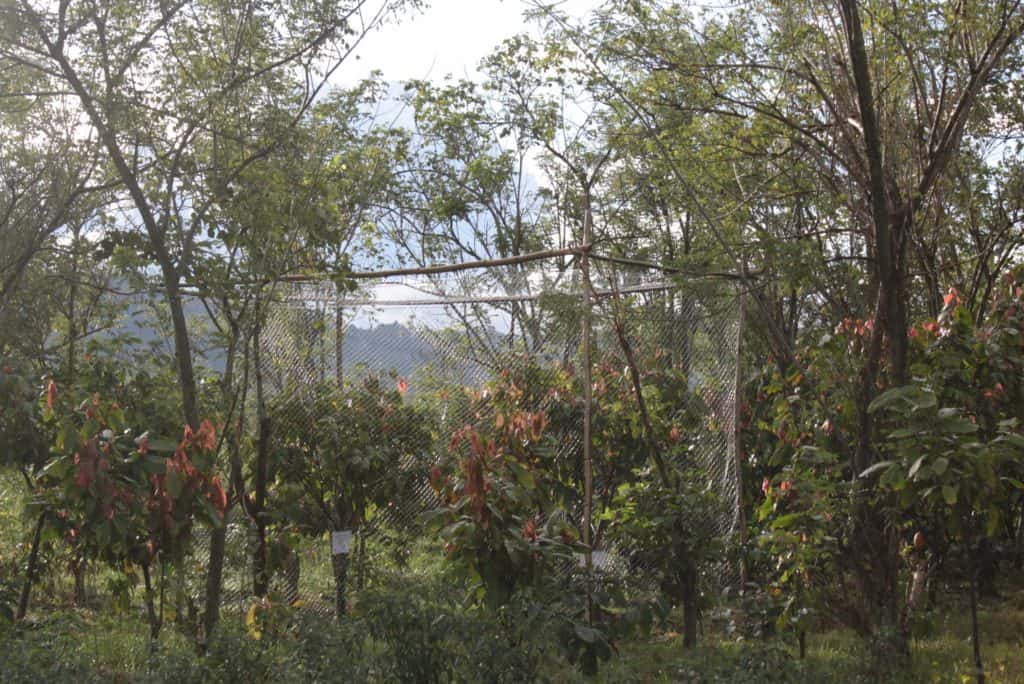
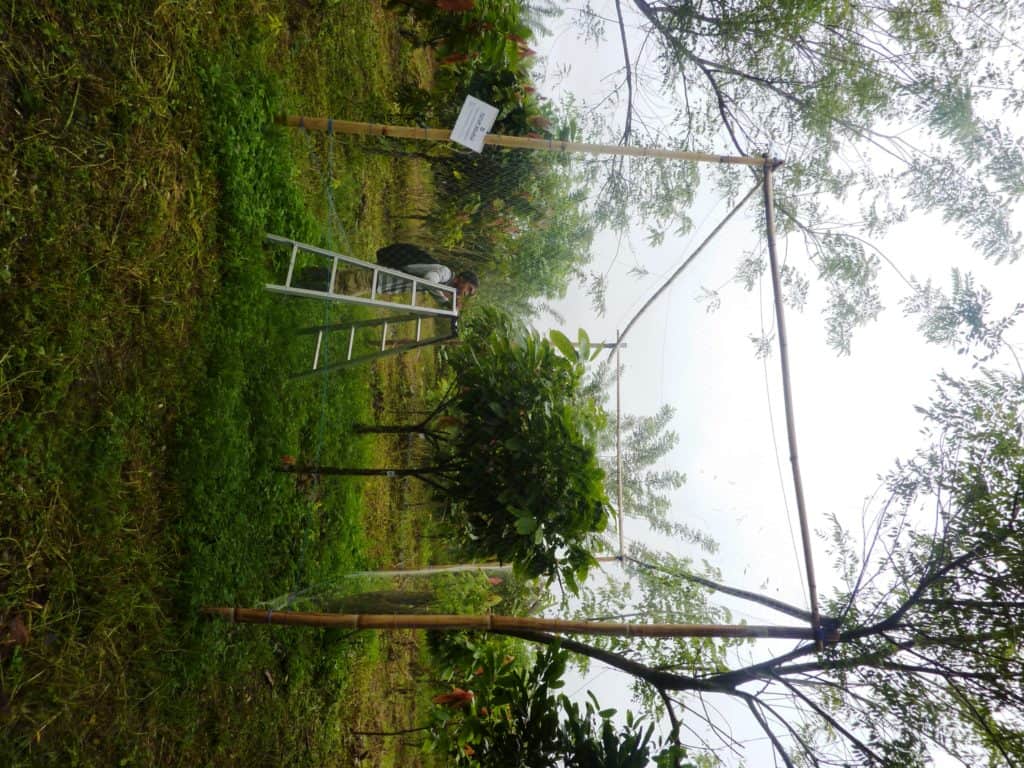
When closed, all bat and bird species were excluded, but arthropods were allowed entry, including large spiders, butterflies, and moths. The exclosures were opened and closed like curtains, daily at 5:30 am and at 6:30 pm for 15 continuous months. Using standardized systems, all arthropods were counted and digitally photographed daily and nightly, and cacao damage was documented every two weeks. More than 70,000 fruits were examined, including over 4,000 ripe, harvested fruits.
When Bea extrapolated the economic impact of bats saving growers an estimated 520 U.S. dollars per hectare across 1.5 to 1.6 million hectares of cacao, this value translated into savings of 780 to 832 million U.S. dollars annually! It is important to note that studied plantations were in or near natural vegetation. Without this biodiversity balance, such impressive savings likely would not have been possible.
She calculated the separate value of bats when quizzed about it after appearance of the original paper in Ecology Letters. Bats accounted for 22 percent, birds 9 percent, of savings (Maas et al. 2018, p 62). The economic extrapolations from these numbers are from her personal communication.
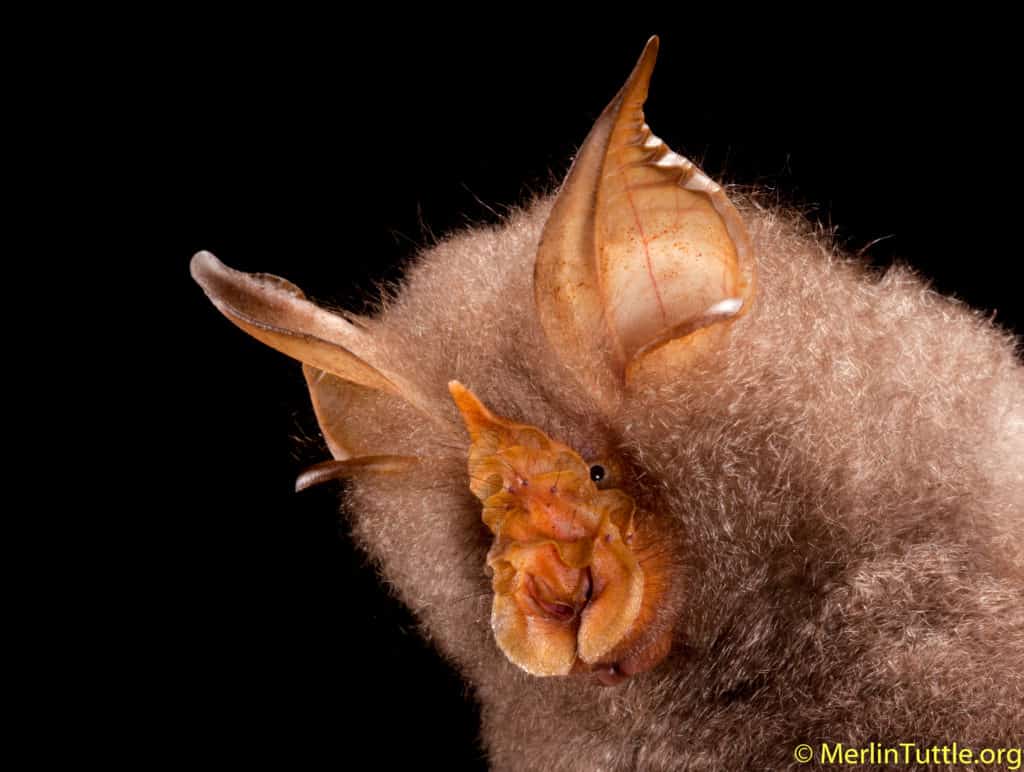
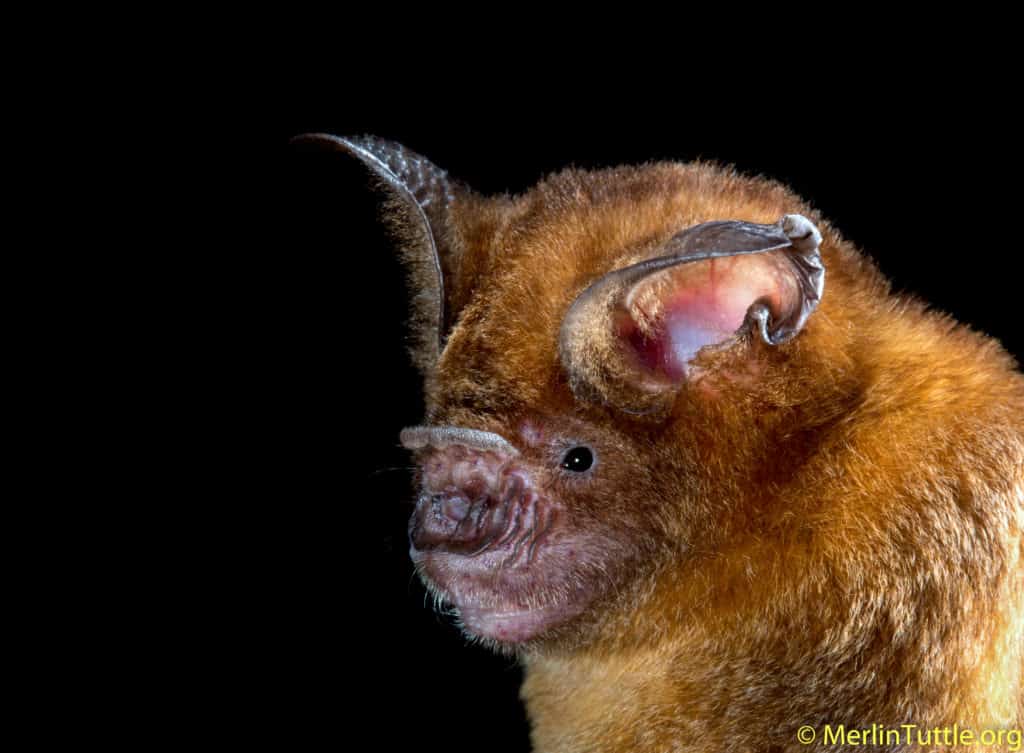
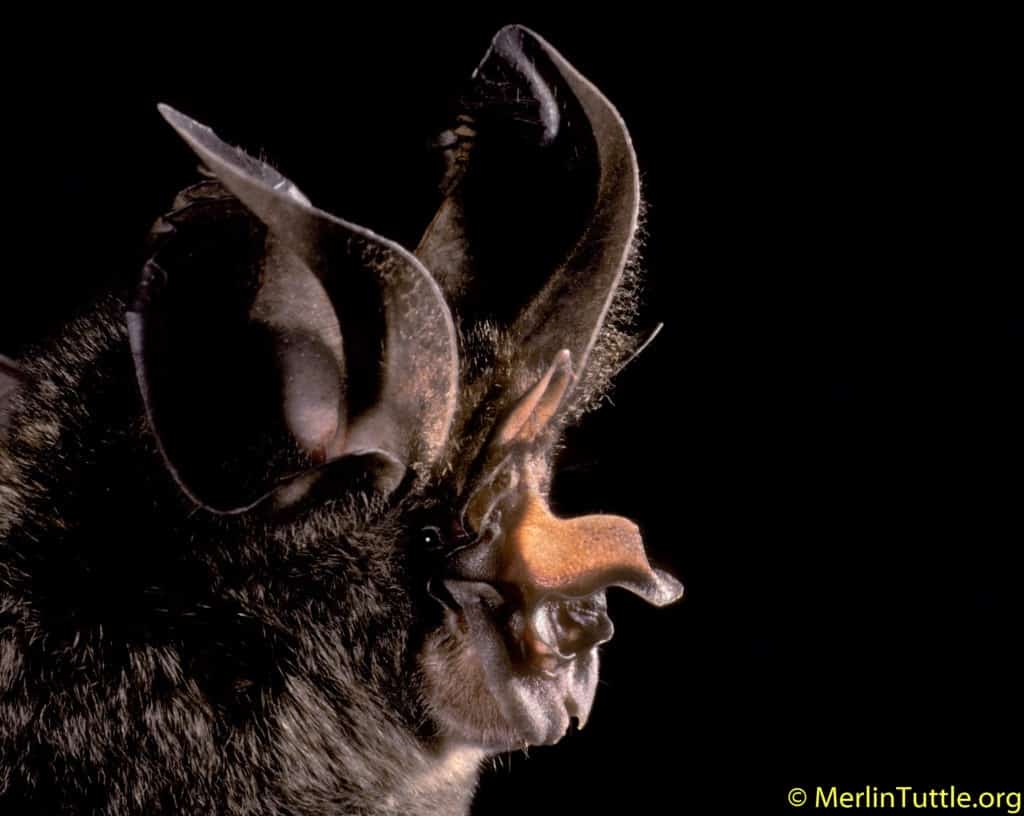
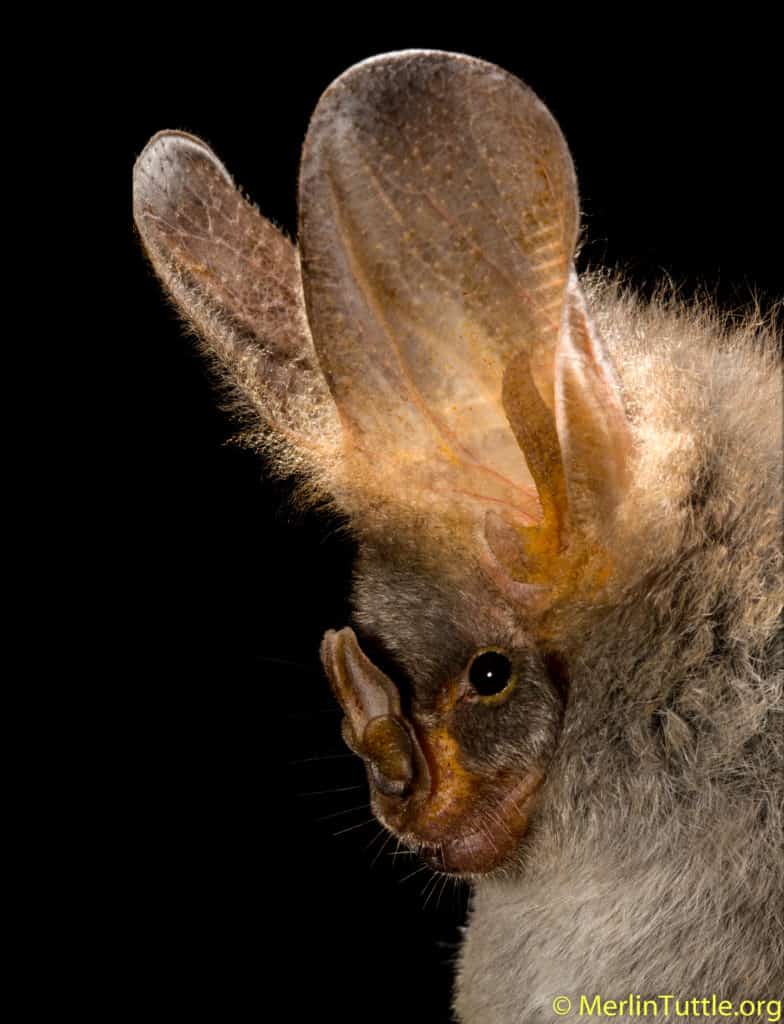
References
